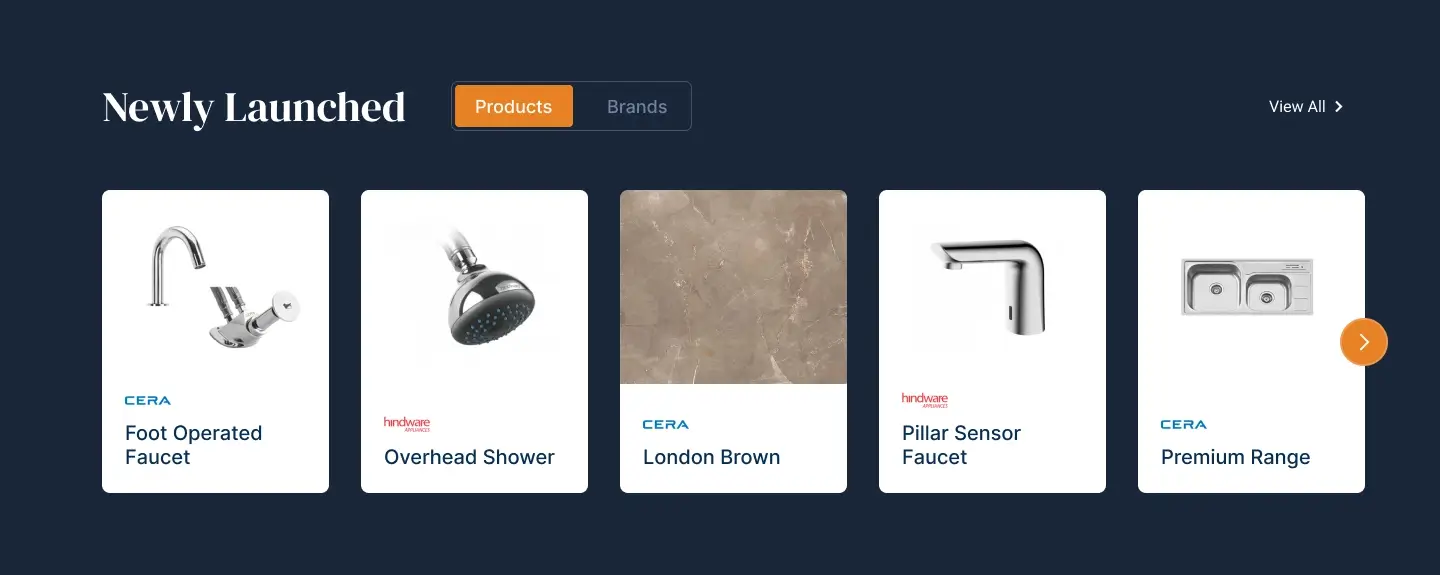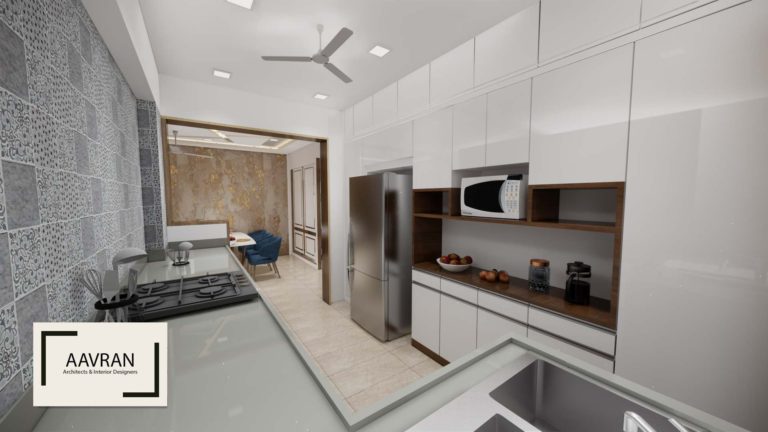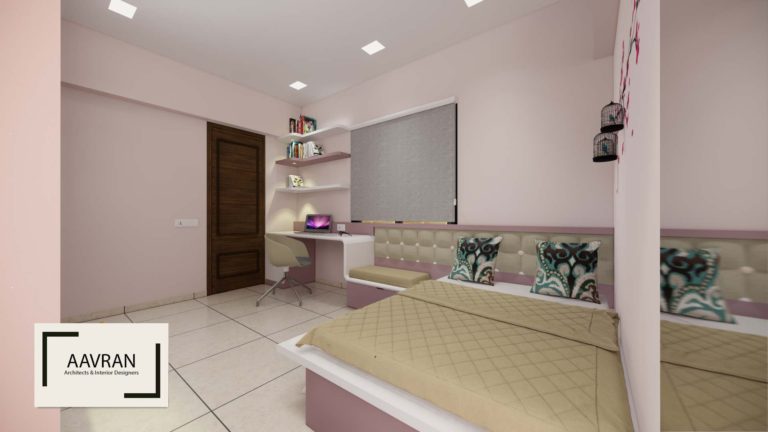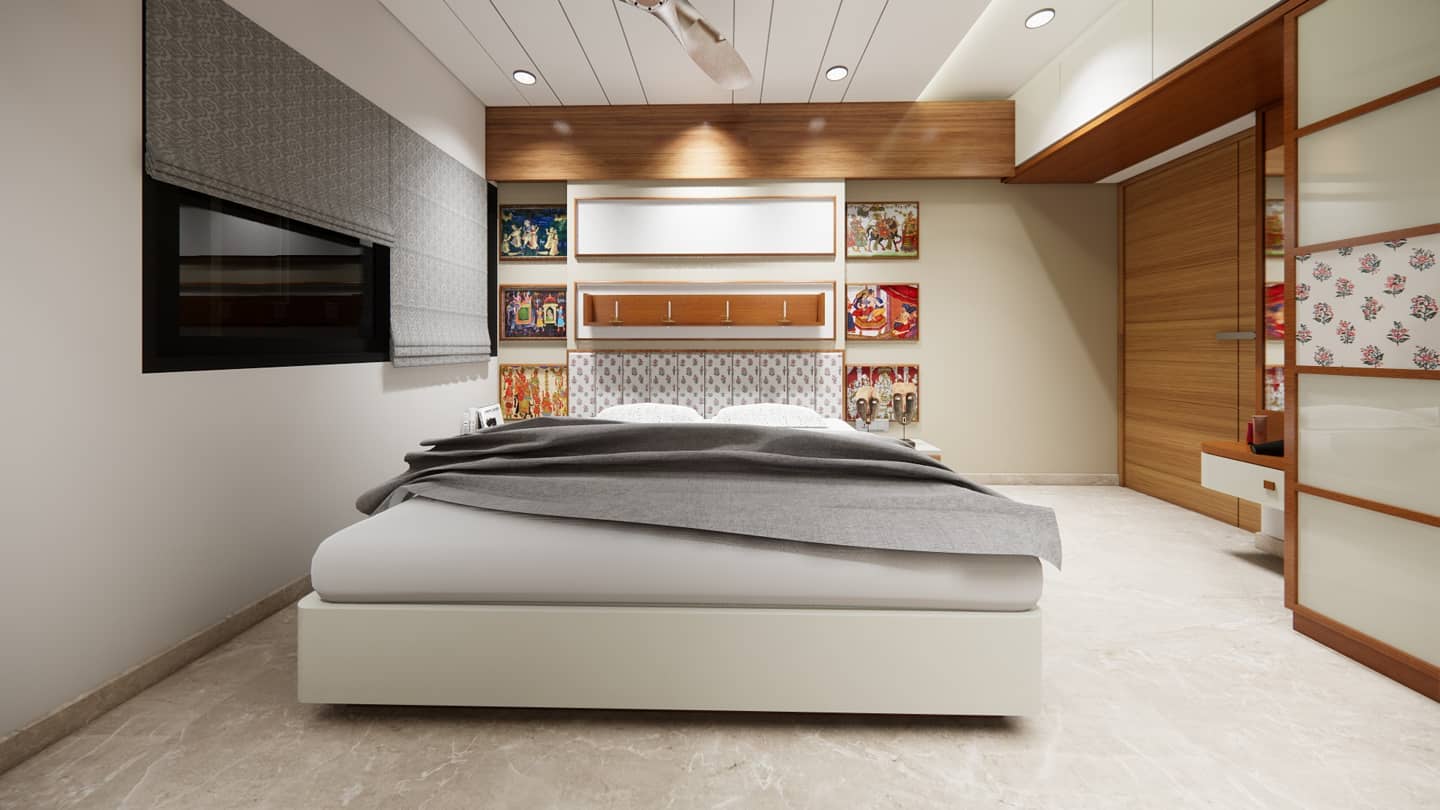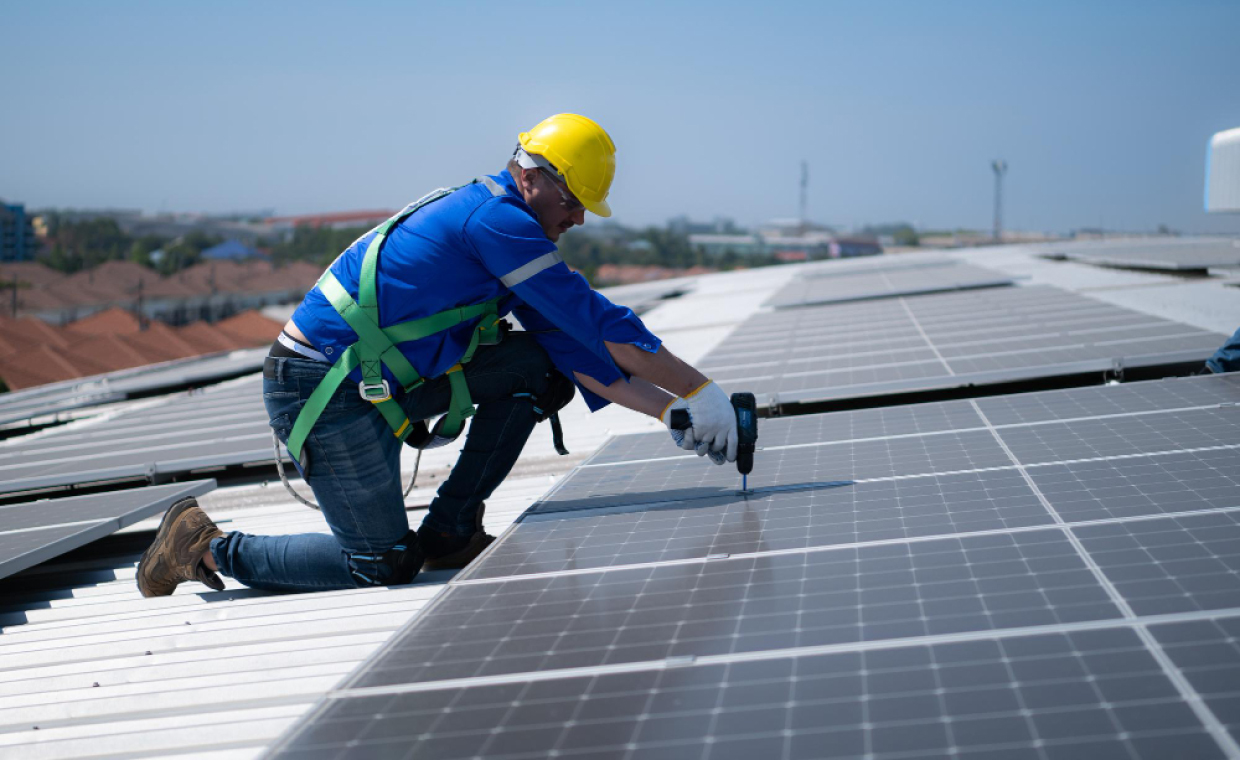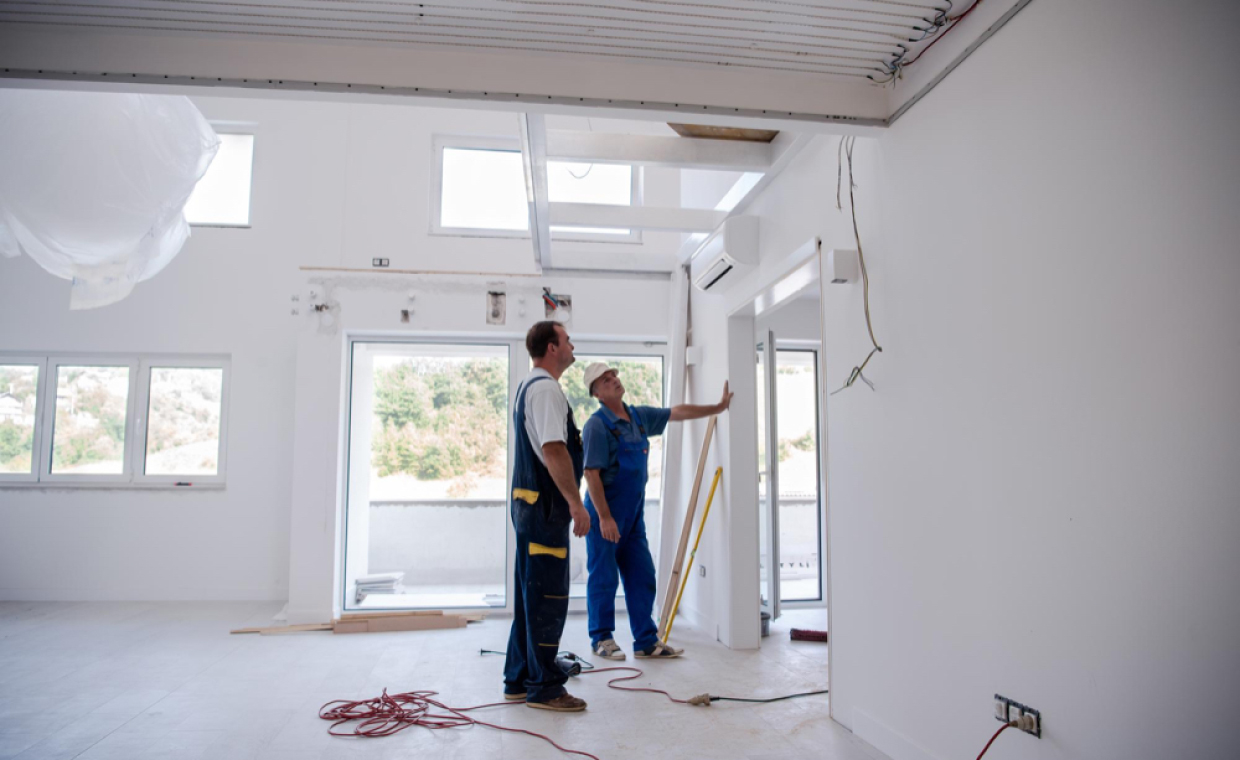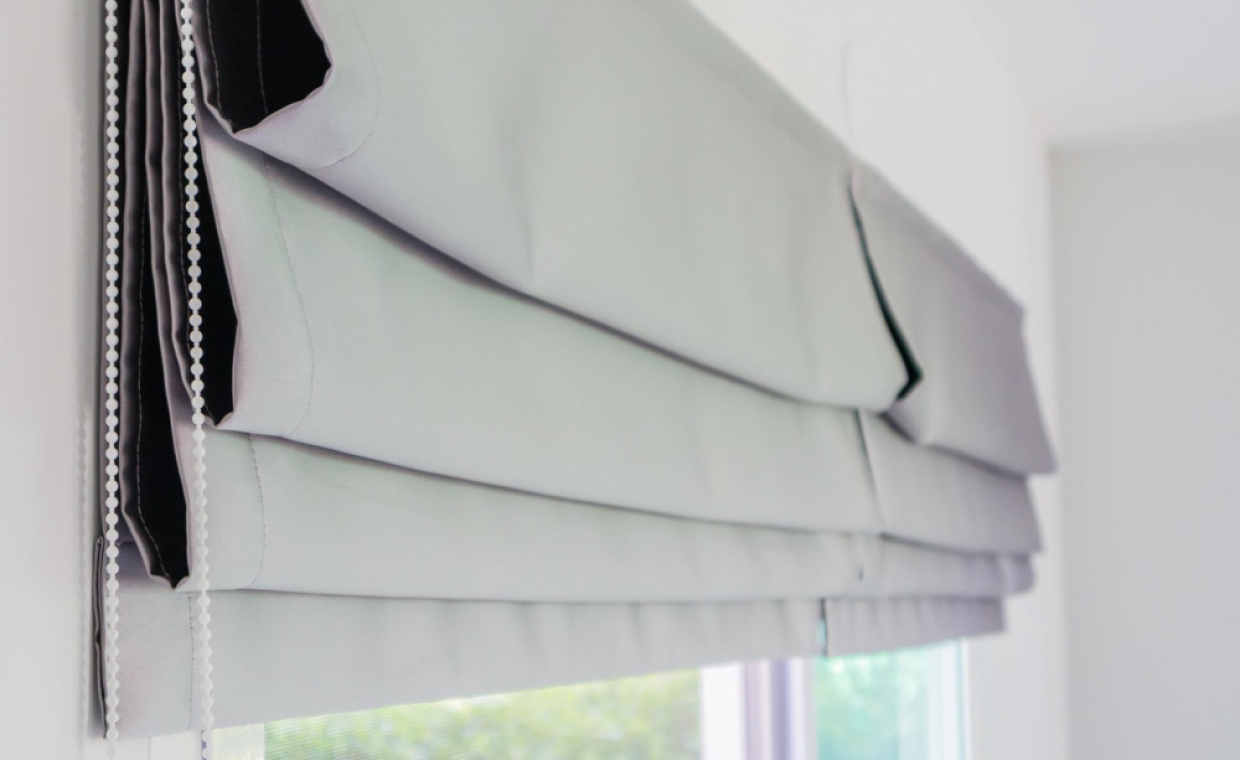
Table of Contents
You had heard about the countless advantages of tankless water heaters and decided to buy one! Features like no standby energy loss, endless hot water supply, higher water supply, higher efficiency compared to tank-style models, savings on energy bills likely influenced your decision.
But what happens when your tankless water heater is not heating water as expected? What if you get cold water instead of a steady stream of hot water? If this sounds familiar, you’ve probably wondered why your tankless water heater suddenly goes cold.
If your tankless water heater is delivering cold water, don’t ignore it longer. In this guide, we’ll guide and walk you through the common reasons why your electric tankless water heater may go cold after a few minutes. We’ll also provide practical tips to help you prevent this issue from recurring.
How Does a Tankless Water Heater Work?
To understand why your tankless water heater is not working efficiently, it is first necessary to understand how a tankless unit works.
You may be familiar with traditional tank-style water heaters. These systems heat water and store it in a tank for later use, typically holding between 30 to 50 gallons (135 to 225 litres) of water, which accounts for their large size. However, tankless heaters, often referred to as on-demand or instant units, operate differently: They produce hot water only when needed.
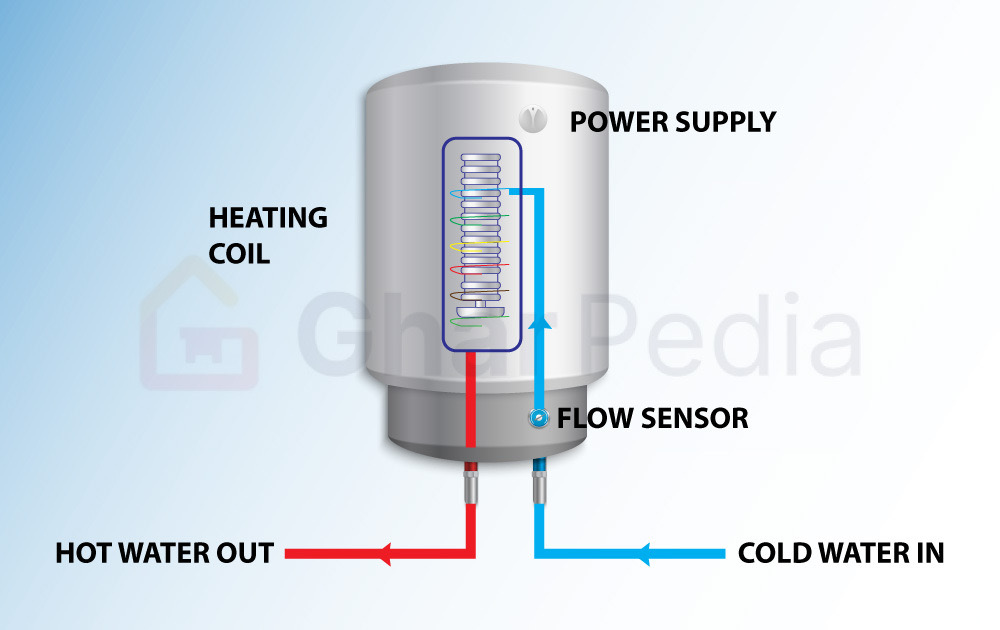
When you turn on the hot water fixture, your appliance’s flame ignites and activates the heat exchanger. Cold water enters through the inlet pipes at the bottom of the unit. As it moves through the heat exchanger, the system heats the water to the desired temperature. The hot water is then delivered directly to your faucet or shower through the outlet pipes.
The traditional tank-style heaters are often considered less efficient because they continually heat stored water, even when it’s not in use, leading to significant standby energy losses and higher monthly utility bills.
In contrast, tankless water heaters are more energy efficient and cost-effective. Without a storage tank, they are designed to heat water only when required, making them more compact and space-saving compared to conventional tank heaters.
Common Reasons Why a Tankless Water Heater Goes Cold
1. Plumbing Crossover
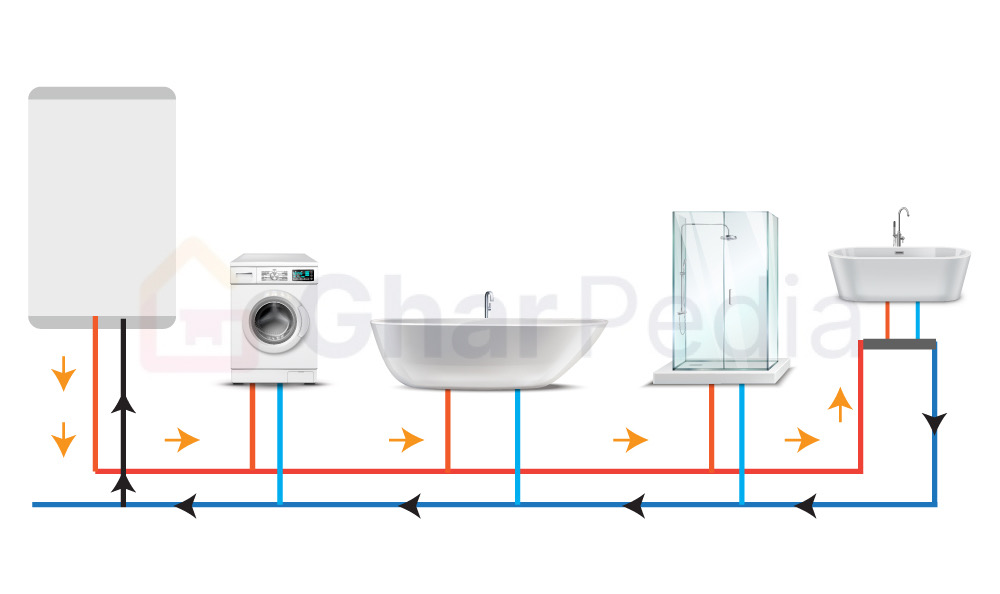
Plumbing problems are the main cause of temperature fluctuations, and a plumbing crossover is a common culprit. A plumbing crossover occurs when hot and cold water mix due to a faulty mixing valve, single-level faucet, or damaged plumbing. This mixing reduces the overall water temperature, resulting in cold or lukewarm water at the outlet.
How to detect it? Turn off the cold-water supply to your device and open all the hot water taps. After 10 minutes, if the water is still flowing, it indicates a plumbing crossover.
Solution: Fixing a plumbing crossover I usually straightforward. Inspect and repair the mixing valve, or replace the faucet cartridge.
However, simply replacing the cartridge may not always fix the issue. You may have to invest in a high-quality faucet or cartridge to fully eliminate the problem.
2. Low Water Pressure
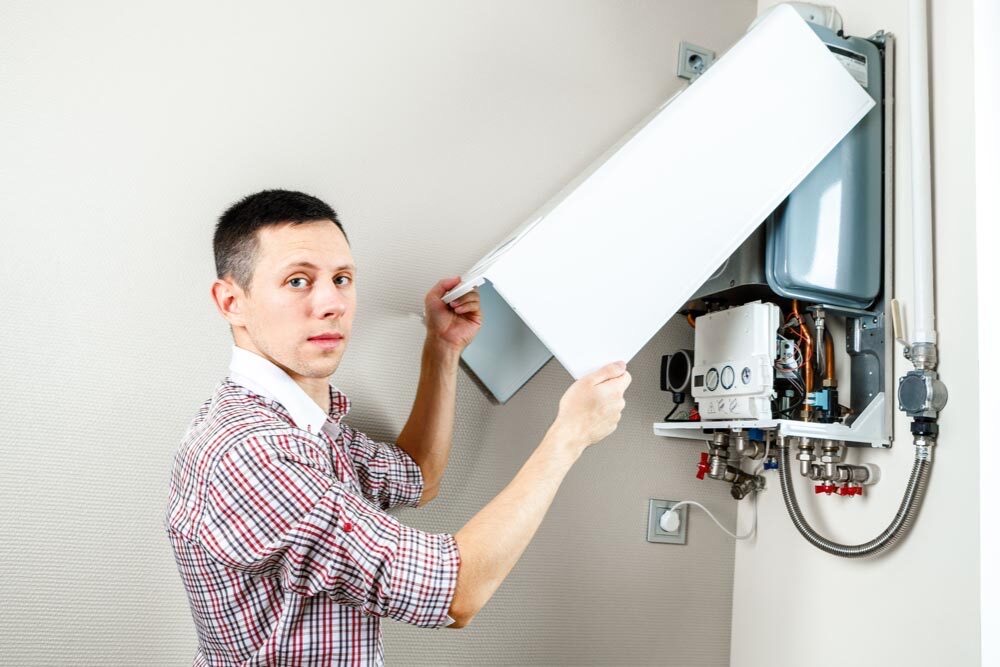
Low water pressure can be the reason why your tankless water heater is not heating properly or shutting off during use. If the flow rate is below the activation threshold required by the unit, the gas burner may shut down or fail to ignite altogether.
If your system features a standing pilot, the pilot light will remain lit, but the main gas burner will shut down.
Solution: Refer to the user manual to determine the minimum water pressure required (usually around 1kg/cm2 or 10 m of head). Ensure adequate pressure by checking the supply lines and valves, and any pressure-regulating components.
3. Blocked Heat Exchanger
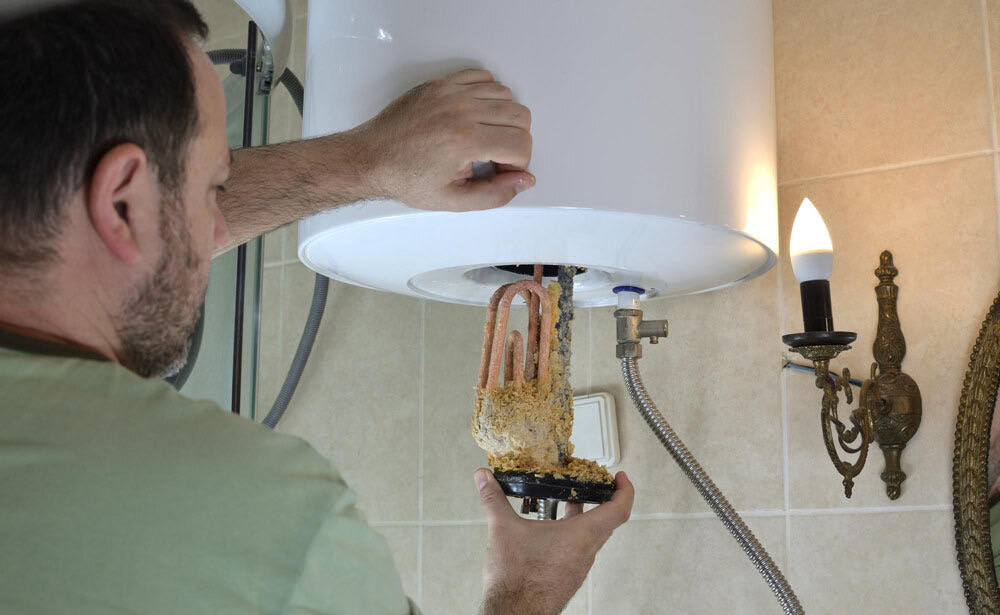
If you live in an area with hard water or use borewell water, mineral accumulation can be the cause of the water getting cold.
Hard water deposits minerals like calcium and magnesium onto the internal components of your system. Over time, this build-up can corrode pipes and damage the heat exchanger, preventing it from heating water effectively.
Solution: To avoid the limescale and mineral build-up, you should frequently flush your water heating machine. Descale your tankless water heater every 6-12 months. Install a water softener to solve the issue of hard water.
If limescale accumulation has already occurred, contact a licensed plumber to help clean the lines and restore proper function.
4. Multiple Taps Opened or Undersized Heater

If you run several taps simultaneously, your small tankless water heater may become overwhelmed, leading to inconsistent temperatures or a failure to maintain hot water. That’s when you will complain about your tankless water heater not staying hot. This happens mainly when multiple outlets are connected to a single unit with limited capacity. As a result, you may experience lukewarm or cold water at the outlets.
Solution: Upgrade to a larger-capacity tankless water heater to meet your simultaneous hot water needs. Otherwise, limit the simultaneous use of hot water fixtures. You can install a second heating system to meet your current hot water demands.
5. Incorrect Gas Line Size
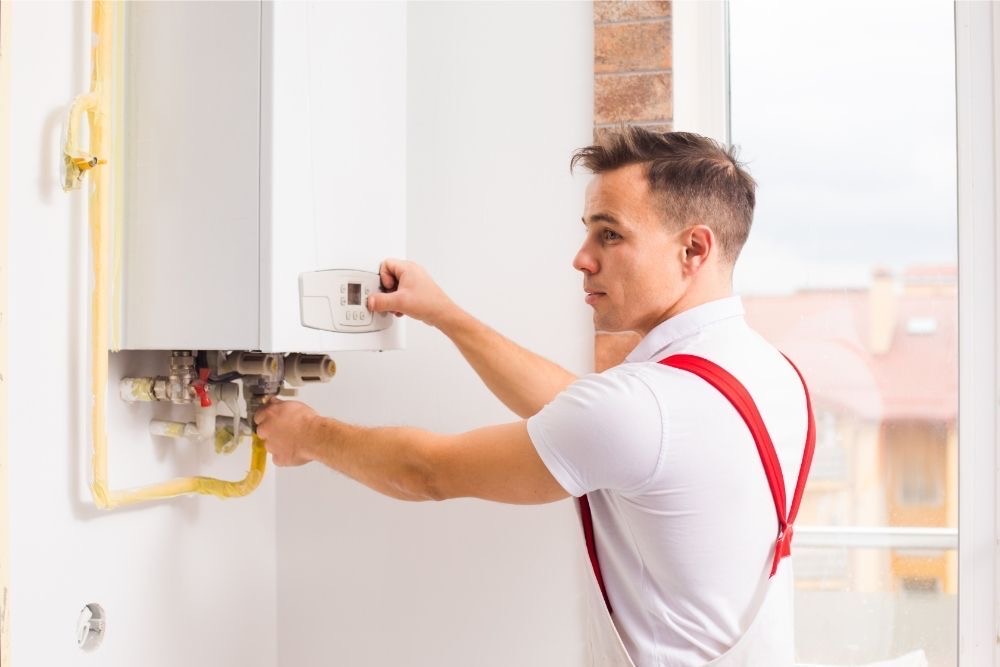
No hot water from the tankless water heater? The incorrect gas line size can be the reason. Many appliances are designed to heat cold water to 120 0F / 48 0C almost instantly. An undersized gas line can cause partial ignition, resulting in water that is not sufficiently hot.
Solution: You may have to upgrade your gas lines from ½” to ¾” to meet the unit’s requirements. However, a 1” gas line is generally more appropriate for optimal performance in tankless systems.
6. Coldwater Sandwich
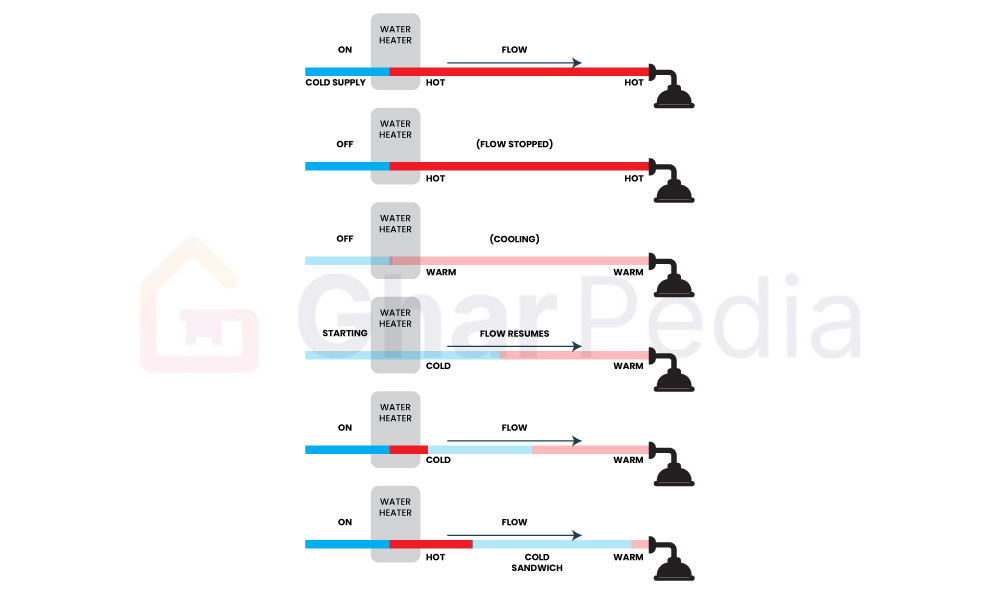
As the name suggests, a cold-water sandwich refers to a section of cold water that appears between hot water flow from the tankless water heater to the faucet. This happens when the water heater has been and then turned off, leaving residual hot water in the pipes. Over time, this water cools down. When the water heater is turned on again, the residual cold water in the pipeline flows out first, followed by hot water from the unit.
If your heater lacks specific features to minimise temperature fluctuation, this issue can occur frequently. Thus, a tankless water heater cold water sandwich happens when hot water usage is paused and resumed, causing a brief burst of cold water between flows of hot water.
Solution: Let the cold water run first before you collect or start using the hot water. Alternatively, consider installing a buffer tank or recirculation pump for a tankless water heater to reduce the cold-water sandwich effect.
7. Clogged Water Filter

Courtesy - Amazon.com
If you are getting lukewarm or cold water, check the cold-water inlet. It is a tiny plastic connection that allows cold water to enter the water heater.
The cold-water inlet filter prevents any debris from entering the unit. However, over time, it gets clogged. When it happens, a sufficient quantity of water fails to enter the device, reducing the burner ignition, resulting in lukewarm or cold water.
Solution: To fix this problem, remove and clean the cold-water inlet filter. If required, you can also replace it.
8. Faulty Flow Sensor

A flow sensor detects when water is flowing and signals the unit to begin heating. If the sensor is damaged, it will fail to detect water flow, preventing the water from heating.
Solution: This can be detected and resolved or the sensor can be replaced by a certified technician.
Maintenance Tips for Tankless Water Heater
- Flush your tankless water heater with descaling solution annually.
- Install a pre-filter to protect your heater from debris.
- Mandate a professional plumbing check annually.
Conclusion
If your tankless water heater is delivering cold water, don’t panic. You can easily detect and fix the issues with little to no effort. However, you may need professional help to tackle some complicated problems for a better fix.
If you’ve asked us “Why does my tankless water heater go cold?” we hope we have answered your query. Don’t forget to read the following articles before you leave this page –
Is Your Water Heater Leaking? – Read For The Solution!
How to Choose the Best Tankless Water Heater for your Home?
FAQs on Tankless Water Heater Going Cold
01. Why Does My Tankless Water Heater Go Cold After A Few Minutes?
A tankless water heater can go cold after a few minutes of running because of either the cold-water sandwich effect, plumbing crossover issues, lime scale buildup, an undersized heater, or a faulty flow sensor. It could be any of these. And the best way to stop this from happening is to detect the exact fault and fix it as soon as possible.
02. What Is The Cold-Water Sandwich Effect In Tankless Heaters?
Cold-water sandwich effect means that when you turn on your tankless heater, you get residual cold-water flow and then hot water. It usually happens when someone uses hot water, and the residual hot water in the pipes eventually gets cold. When you turn on the water heater, the cold water flows first, and after a few seconds, you receive hot water.
03. Why Is My Tankless Heater Not Staying Hot?
This could happen due to either a plumbing crossover, low water pressure, a blocked heat exchanger, or a faulty flow sensor. Address the issue rightly before making a fix.
04. How To Get Hot Water Faster From A Tankless Water Heater?
To avoid any initial delay in hot water flow and to keep the flow of hot water continuous, install a recirculation pump. A recirculation pump keeps hot water moving through the pipes, maintaining a hot temperature of water. Routine tankless water heater troubleshooting also ensures faster performance.
05. Do I Need A Bigger Tankless Water Heater If Multiple Taps Are Used Simultaneously?
Yes, definitely, a bigger tankless water heater is recommended to simultaneously use multiple hot water taps. A small or medium-sized tankless water heater will not serve the purpose. You may even get cold water instead of hot.
06. When Should I Call A Professional For A Tankless Water Heater Problem?
First, try to identify the issue with basic checks and try possible fixes. If you fail to identify or fix the issue, call a licensed plumber.





